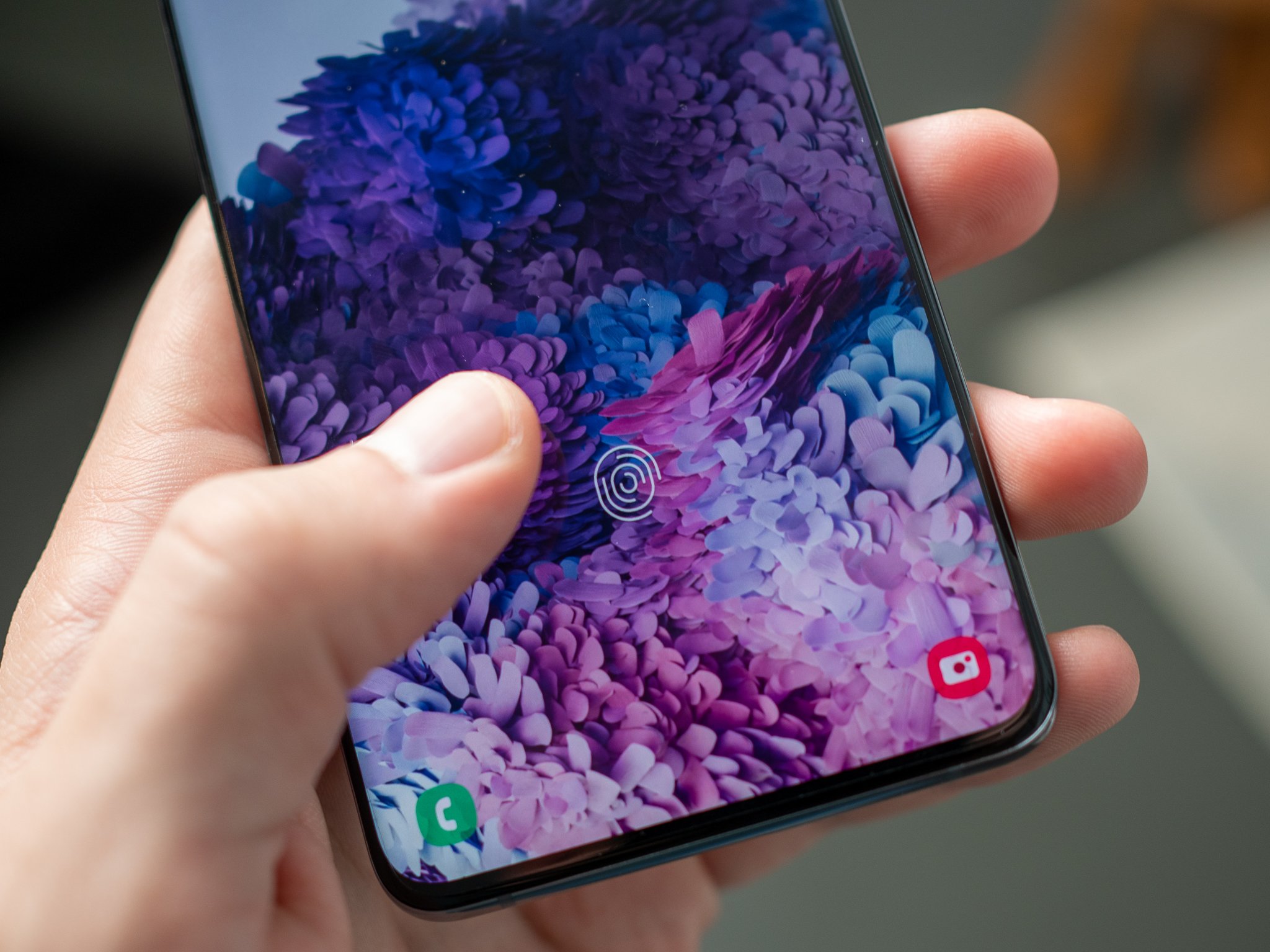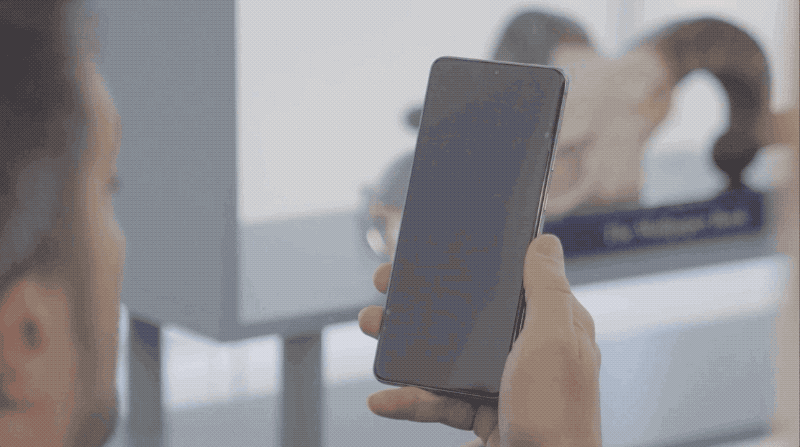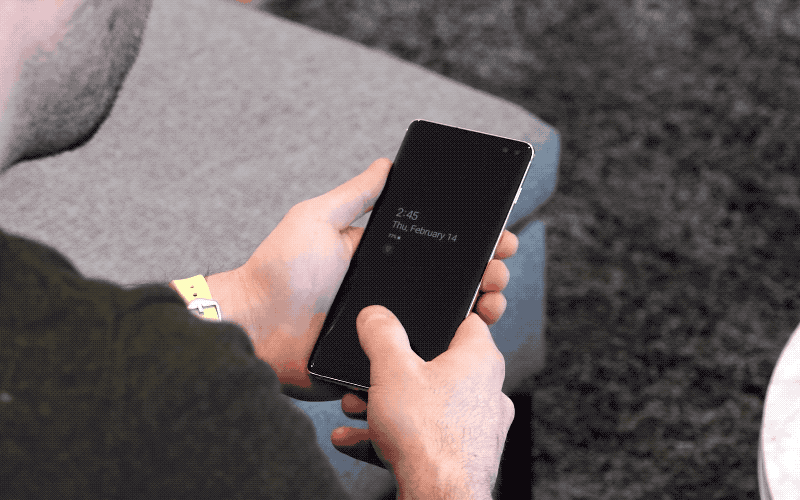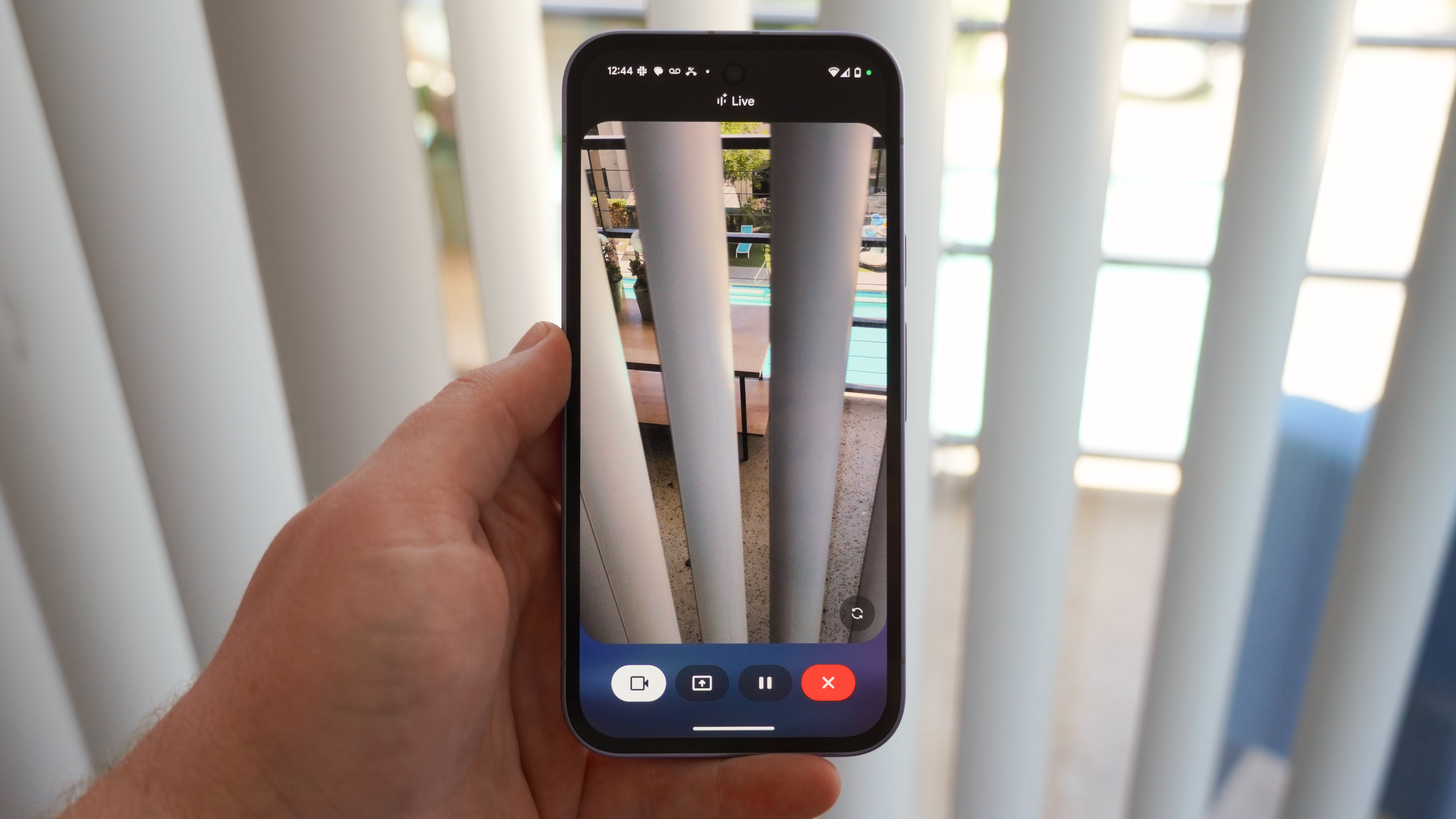Speed test: Is the Galaxy S20's fingerprint sensor faster than the S10?

Best answer: The Galaxy S20 series uses the same first-generation ultrasonic fingerprint sensor as the Galaxy S10 and S10+. While there have been minor software improvements to increase speed and reliability of the fingerprint sensor, the Galaxy S20 series' ultrasonic sensor is no faster than the previous generation.
- The ultimate: Samsung Galaxy S20 ($1000 at Samsung)
The disappointing reality
The Galaxy S10 and S10+ have few flaws, but if you could point to one constant bugbear it'd be the in-display fingerprint sensor. It's slow, inconsistent and kicked back far more false negatives than we'd come to expect from capacitive fingerprint sensors before it. And more starkly, optical in-display fingerprint sensors in other 2019 phones were better in every regard than Samsung's ultrasonic sensor.
I had hope the fingerprint sensor improved. I was disappointed.
The hope was that Samsung was aware of this issue and had addressed it in the Galaxy S20 series, which all have in-display fingerprint sensors. When Samsung made no mention of fingerprint sensor improvements during its launch or media presentations, I was worried.

Now I've been using the Galaxy S20 Ultra for several days and I can say that its fingerprint sensor is not appreciably different in size, speed, accuracy or consistency than the Galaxy S10+ I've been using for months. That's really unfortunate.
Side-by-side tests after re-training both phones to my thumbs yielded the same results, with no winner; on any given attempt either phone could be faster, and they were often the same. (And yes, this is without the Galaxy S20's in-box screen protector.)

In my time using the S20 Ultra, it's been the same set of annoyances I'm used to from the Galaxy S10+. The recognition area is small compared to what other sensors offer, making finger placement incredibly important for an unlock. Most importantly the sensor is just too slow to react, either positively or negatively, meaning you're regularly setting your thumb there for far too long unsure of what's happening. Then there's general inconsistency, where you can seemingly set your thumb on the screen the exact same way twice in a row and either not unlock or get a different unlock speed.
What has improved, at least, is the placement of the sensor. Samsung made the conscious decision to move it upward, which at least for my hand puts it in a more comfortable and natural place. I always felt like the Galaxy S10+'s fingerprint sensor required an awkwardly low pivot of the thumb, and that's been addressed.
Be an expert in 5 minutes
Get the latest news from Android Central, your trusted companion in the world of Android
Galaxy S20 Ultra review: Too much of a good thing
But if you were frustrated by the Galaxy S10 or S10+ fingerprint sensor, upgrading to a new $1000-1400 Galaxy S20 model isn't going to address that. There's plenty to love about these phones, but the biometric security situation remains a sticking point for Samsung.
Andrew was an Executive Editor, U.S. at Android Central between 2012 and 2020.


